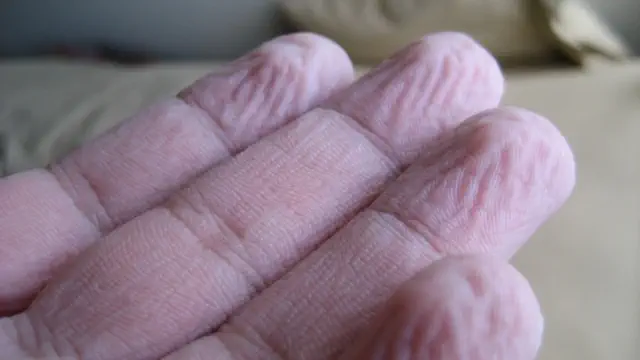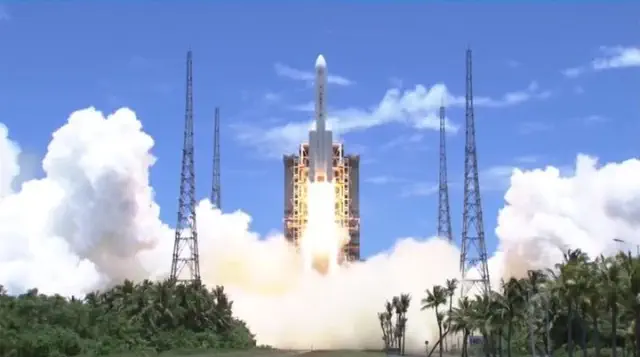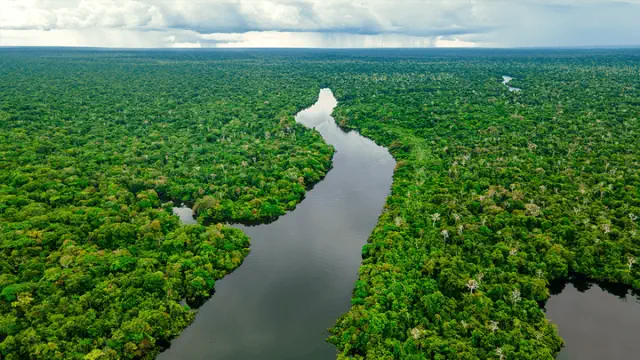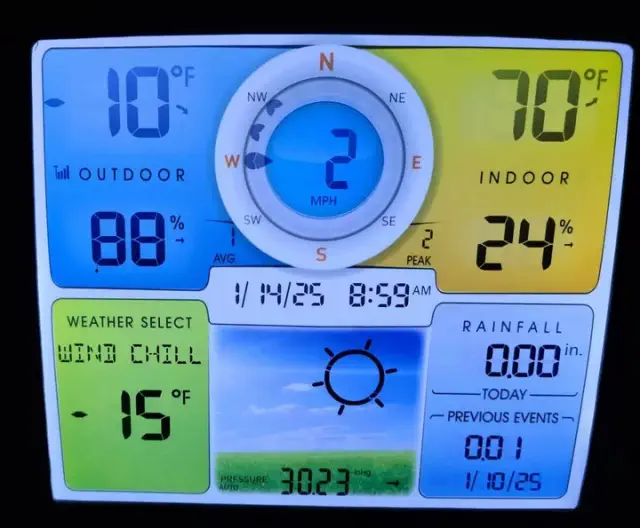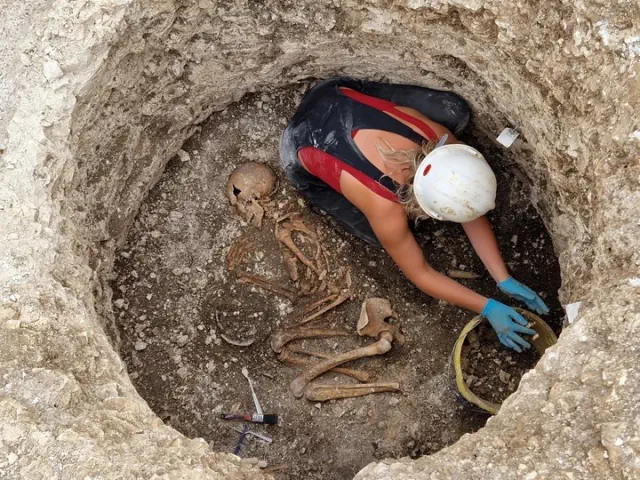A novel method for assessing formations deep within the Earth has revealed a multitude of previously unidentified masses in the planet's mantle. These anomalies bear a striking resemblance to submerged pieces of Earth's crust, yet they are found in locations that seem highly improbable.
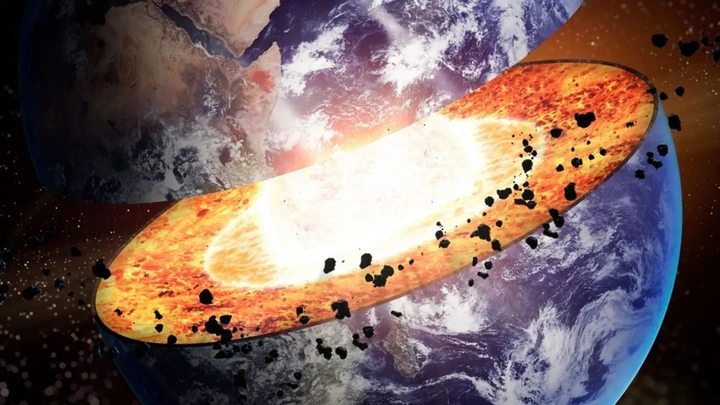
View pictures in App save up to 80% data.
Potential patches of Earth's ancient crust, sometimes called "sunken worlds," may have just been discovered deep within the mantle, thanks to a new way of mapping the inside of our planet. However, these mysterious blobs appear in places they should not, leaving researchers scratching their heads.
For decades, scientists have been building up a better picture of Earth's interior by using seismographs — 3D images created by measuring how seismic waves from earthquakes reverberate deep within our planet. This method has helped scientists identify ancient sections of the planet's crust, known as subducted slabs, that have been pulled into the mantle through subduction zones where tectonic plates meet. For example, in October 2024, researchers announced the discovery of a section of seafloor that had sunk deep into the mantle below Easter Island.
In a study published Nov. 4, 2024, in the journal Scientific Reports, researchers revealed that they had discovered "numerous" potential subducted slabs throughout Earth's mantle, using a new type of seismographic imaging. (Little information about the size, shape and exact locations of the blobs has been revealed so far.)
In contrast to the previously recognized subducted slabs that are situated in regions of active or historically intense tectonic plate interactions, some of the newly discovered anomalies appear in locations devoid of any documented tectonic activity, including beneath the western Pacific Ocean. Consequently, the origins of these anomalies remain uncertain.
"That's our dilemma," Thomas Schouten, a doctoral candidate at the ETH Zurich Geological Institute in Switzerland, said in a statement released Jan. 7. "With the new high-resolution model, we can see such anomalies everywhere in the Earth's mantle. But we don't know exactly what they are."
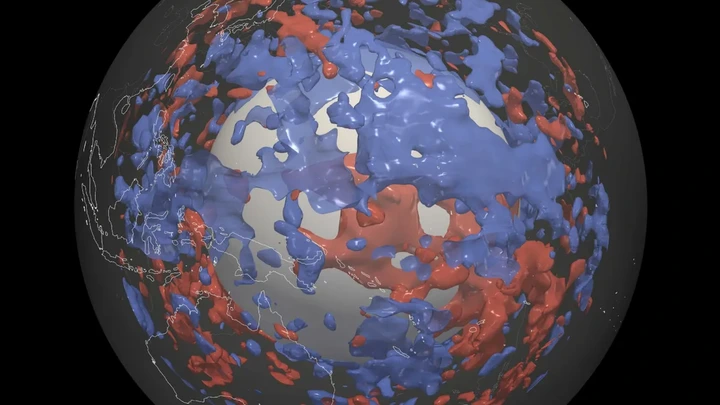
View pictures in App save up to 80% data.
There could be alternative interpretations for the recently identified blobs. One possibility is that they are composed of crust-like substances that originated from the mantle's formation 4 billion years ago. Another option is that these blobs are made up of other dense materials that have developed within the mantle over the last few hundred million years.
Nonetheless, these are merely other hypotheses. Currently, the identity of these blobs continues to be a "significant enigma," as stated by representatives from ETH Zurich.
Discovering "submerged realms"
Up to this point, our understanding of the Earth's interior has relied on the integration of various seismographs produced by individual earthquakes occurring around the world. However, in a recent study, scientists employed an innovative technique called full-waveform inversion. This approach utilizes computer simulations to merge these seismographs into a cohesive and detailed representation.
This is a computationally intensive method, and to pull it off, researchers had to run the model on the Piz Daint supercomputer at the Swiss National Supercomputer Center in Lugano — formerly Europe's most powerful computer — to crunch the numbers.
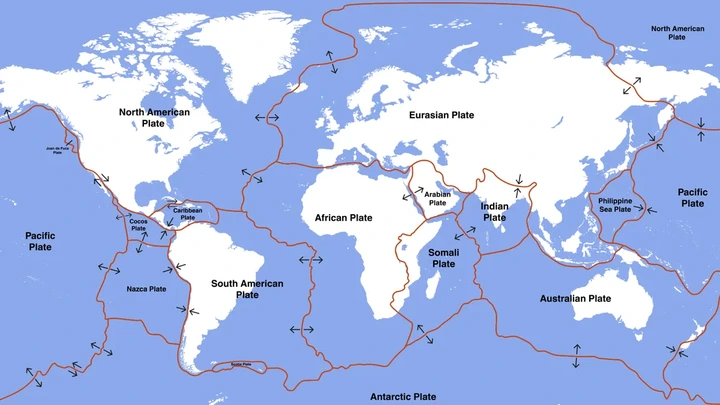
View pictures in App save up to 80% data.
Study co-author Andreas Fichtner, a seismologist at ETH Zurich who created the full-waveform model used in the new research, compared the use of full-waveform inversion to medical imaging advancements. Imagine a doctor has been studying the circulatory system for decades, Fichtner said. "Then, if you give [them] a new, better examination tool, [they] suddenly see an artery in the buttock that doesn't really belong there," Fichtner explained. "That's exactly how we feel about the new findings."
Scientists speculate that the recently identified blobs could be subducted slabs, primarily due to the fact that seismic waves pass through them at identical speeds. However, this does not ensure that they are indeed the same entity, and further investigation is required to determine if they truly share characteristics.
"To understand the varying speeds of the different wave types, we need to assess the various material parameters," Schouten explained. "In essence, we must investigate the underlying material properties that influence wave speed."
